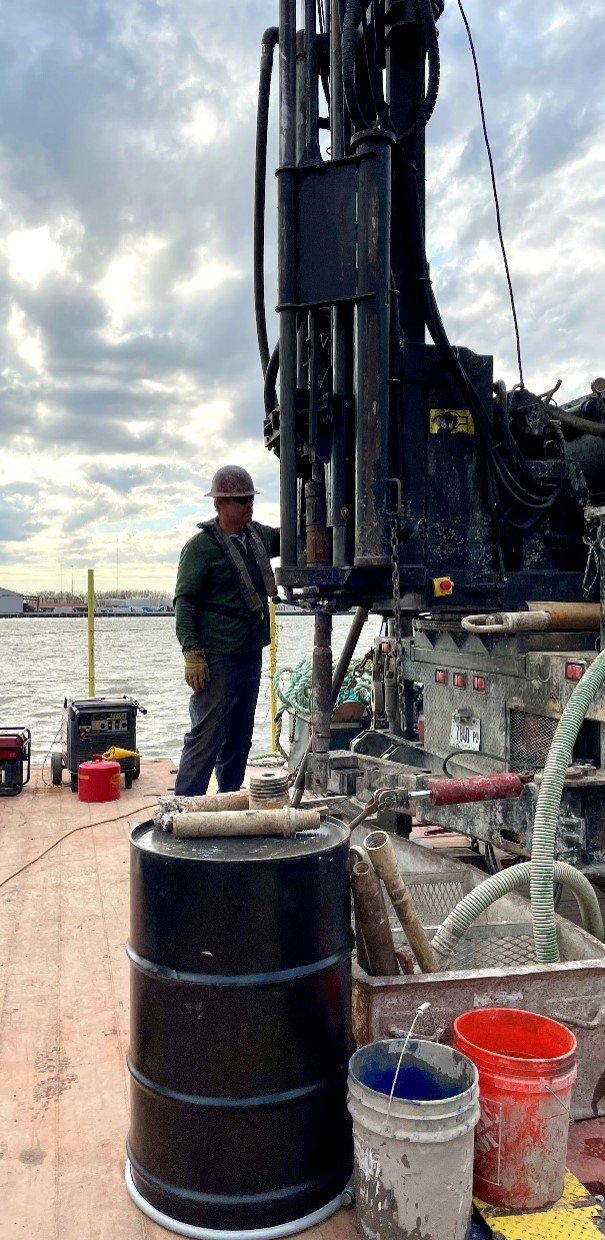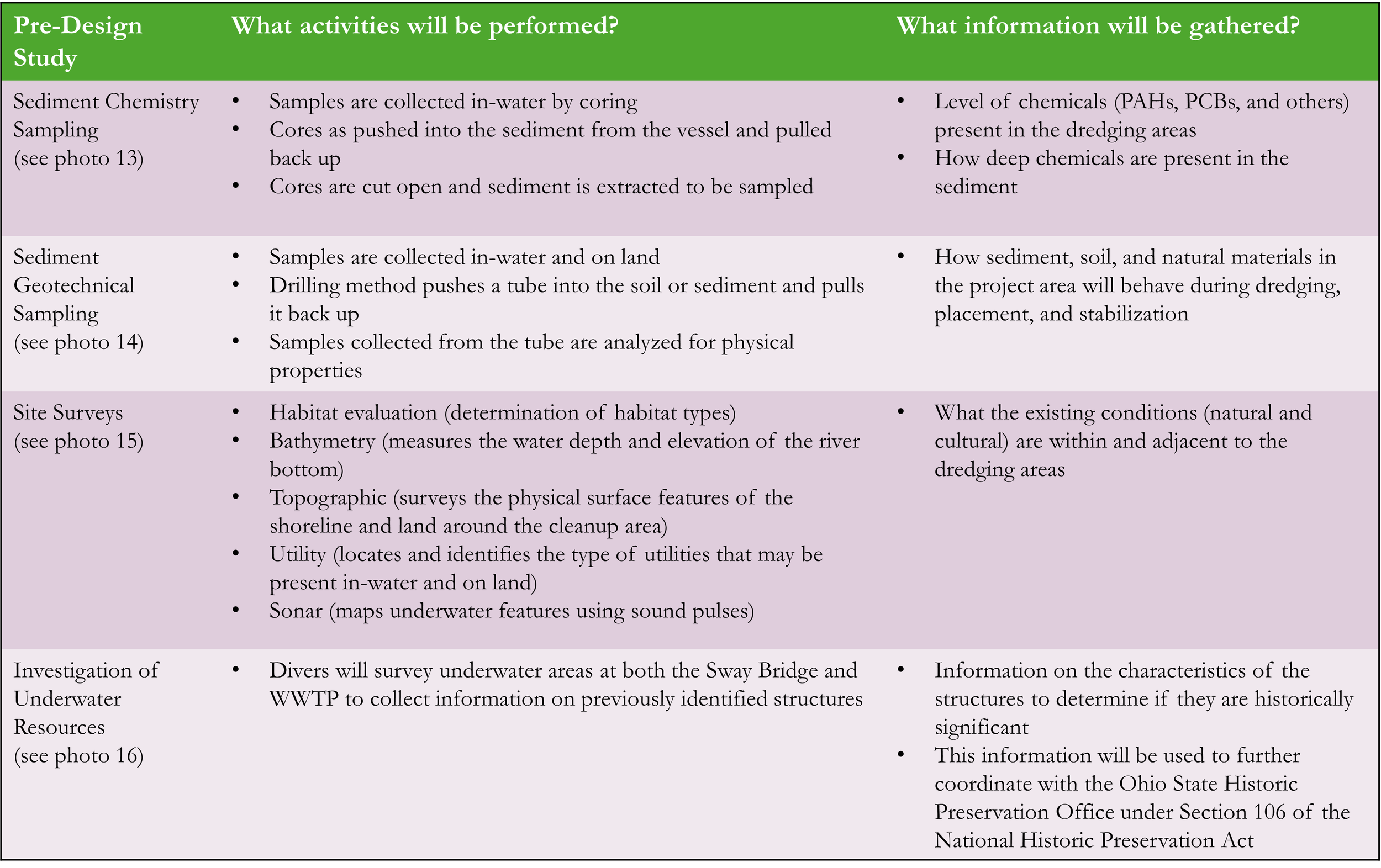Lower Maumee River Sediment Remediation Project
Portions of the Lower Maumee River are getting cleaned up. What does this mean for the Toledo community?
About the Project Click here to see PROJECT updates.
The Lower Maumee River Sediment Remediation Project is an environmental cleanup project that will take place at two locations within the Lower Maumee River: the Sway Bridge and the Wastewater Treatment Plant (WWTP) at the Toledo Water Reclamation Facility (photos 1 and 2). Overall, the cleanup will remove contaminated sediments across 42 acres (photo 3) in the Lower Maumee River, benefiting people and the ecological system. The site is within the larger Maumee Area of Concern (AOC). The Maumee AOC has been designated by the U.S. Environmental Protection Agency as a priority area for restoration in the Great Lakes region (photos 3 and 4).
How is the river affected in these areas?
Historical operations- Years ago, industrial and commercial operations along the shoreline of the Lower Maumee River caused chemicals to make their way into the water and eventually settle into the river bottom sediments where they can impact plants and animals.
Chemicals in sediment- The main chemicals of concern for this project are heavy metals, polychlorinated biphenyls (PCBs) and polyaromatic hydrocarbons (PAHs). These are found in Maumee River sediments at the sites in concentrations above levels that have been determined to be safe for people and aquatic organisms.
How will the pollution be removed and where will it go?
The project partners are working with a design team to develop a cleanup plan for the sites. The plan will be developed in coordination with the cleanup alternative recommended by the U.S. Army Corps of Engineers in 2023.
Dredging will be used at both the Sway Bridge and WWTP areas.
Dredging involves removal of the sediment using various types of equipment. For this project, mechanical dredging using excavator-style equipment is being considered (photo 5).
Mechanical dredging is used throughout the Maumee and other Great Lakes AOCs to safely remove contaminated sediment.
One option for material disposal may be to safely transport the material to the Toledo Harbor Confined Disposal Facility where sediment from other cleanup projects has been disposed.
Who is funding this project and who are the project team members?
Cooperative Agreement: U.S. EPA Great Lakes National Program Office (USEPA GLNPO) and the Ohio EPA
Funding: Funds provided to Toledo-Lucas County Port Authority from USEPA GLNPO (from the Great Lakes Restoration Initiative (GLRI))
Team Members: Toledo-Lucas County Port Authority leads the Project Management Team which includes City of Toledo, Ohio EPA, USEPA GLNPO, and USACE Buffalo District.
Why is this cleanup important to the community?
Removes Beneficial Use Impairments (BUIs) in place (photo 7). Learn more about BUIs here.
Once cleanup is complete, the BUI can be considered for removal. This contributes to the delisting of the Maumee AOC (photo 8).
The cleanup of the river will benefit the local community by restoring the ecosystem to support a healthy aquatic and terrestrial environment.
Photo 7: List of the BUIs currently designated for the Lower Maumee River.
Photos 9 & 10: Scenic views of Toledo.
Photo 8: Process by which BUIs are identified, actions determined that would address those BUIs, and eventual BUI removal.
What are the major steps in the project process and what is the schedule?
The major project steps are shown in photo 11. The estimated timeframe for completion of the final design and receipt of permits is June 2025.
Photo 11: Steps in the remedial design process.
When and how can the community get involved?
The public will have opportunities to get information on the project, provide comments and ask questions to the project team. So far, the following opportunities will be available:
Public Information Session #1 (targeted time February/March 2025)
Public Information Session #2 (targeted time May/June 2025)
Check back regularly (see Project Updates below) as information on these sessions will be posted closer to the events.
Project Updates
Currently, Pre-Design Investigations are underway! Check back frequently for more updates.
The types of studies being conducted range from sediment sampling to underwater surveys (photo 12). Data gathered will help to develop a cleanup plan that meets project goals and works in harmony with natural and cultural resources.
Check back for new updates!




History of the Maumee River and the Port of Toledo
The Maumee River has the largest watershed of any Great Lakes River (8,316 square miles).
The Maumee River was a historically important as a water transportation route by Native Americans, and as hunting, gathering, and farming territory.
Today, the Maumee River is used as a water transportation corridor for commercial freight entering and leaving the Port of Toledo.
The Port of Toledo on the Lower Maumee River has been utilized since the mid-1800’s and has been historically important in the Great Lakes region, facilitating commerce before railroads and highways existed. The Port still serves an important role today in the industrial and agricultural heartland of the United States handling over 27 bulk commodities.
The Port also has waterfront plants that make repairs to various size vessels, and houses tug operations for towing, docking and shifting vessels within the harbor.
LEARN MORE
Learn more about the Maumee AOC and GLRI.
Previous Studies
USACE Focused Feasibility Study (September 2023)
USACE Sediment Characterization Report (August 2022)
CONTACT US
Email: contactus@toledoport.org
Phone: 419.243.8251
Hours
Monday–Friday
8am - 5pm














